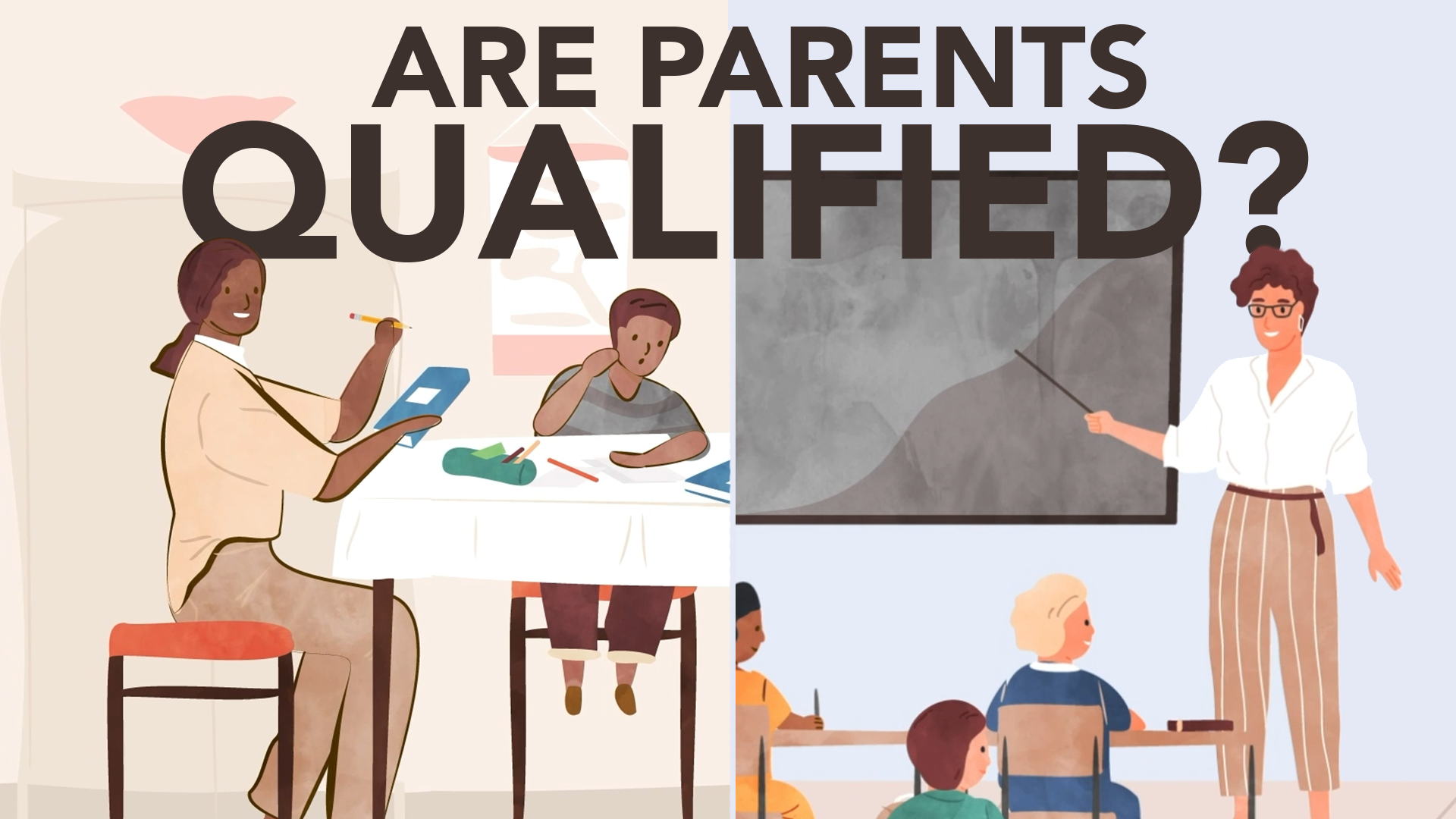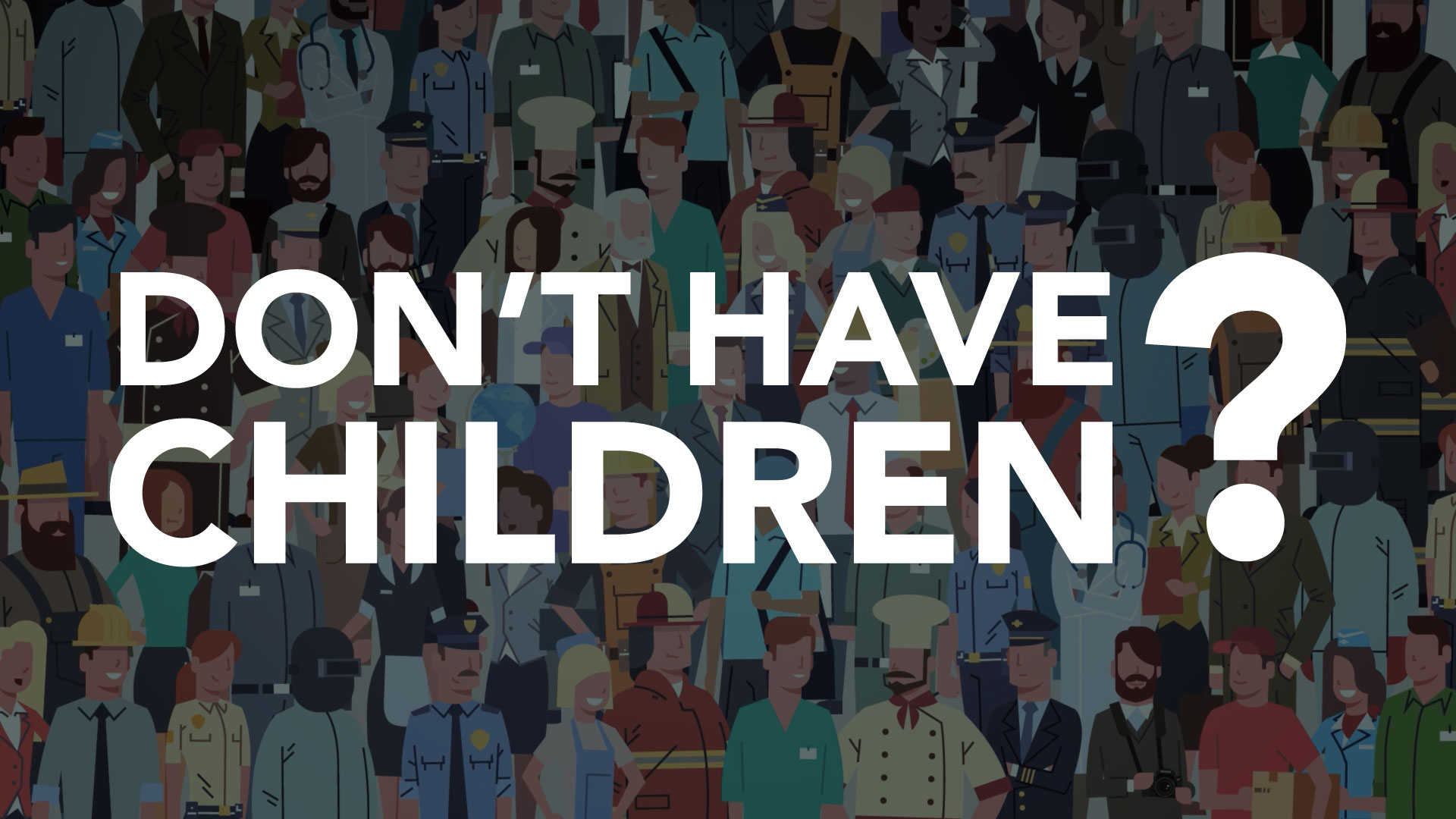You’re in a conversation and someone says, “Don’t worry, the kids will be fine.”
What would you say?
The drastic changes in marriage and family over the last 50 years have all repeatedly claimed, over and over with each new issue, “oh the kids, they will be fine!” Enough time has now passed for us to evaluate this claim. Are the kids really “fine”?
The next time you’re talking about any new iteration of “family structure” and someone insists that “the kids will be fine,” here are 3 things to remember:
1. Kids are “finest” when raised by their married mother and father.
2. “Modern Family” is code for “child loss.”
3. If we really want the kids to be fine, the adults have to do hard things.
It's 1970 and you're in a conversation about no-fault divorce. Or, it's 1992 and you're discussing Murphy Brown’s decision to become a single mother. Or, it's 2015 and you're debating same-sex marriage. Or, it's 2021 and your state is passing a commercial surrogacy bill. …and someone says, “don’t worry, the kids will be fine.” What would you say? The drastic changes in marriage and family over the last 50 years have all repeatedly claimed, over and over with each new issue, “oh the kids, they will be fine!" Enough time has now passed for us to evaluate this claim. Are the kids really “fine”? The next time you’re talking about any new iteration of “family structure” and someone insists that “the kids will be fine,” here are 3 things to remember: Number 1: Kids are “finest” when raised by their married mother and father. We don’t have to guess which situation is best for the kids to be “fine.” Family research and statistics overwhelmingly tell us that the kids do best, on average and by far, when they are raised in the home of their married, biological mom and dad. That is, kids do best when raised by the two people to whom they have a natural right: their mother and father. Because of this overwhelming evidence, we should do everything possible to safeguard a child’s fundamental right to these two adults who are statistically, the most connected to, protective of, and invested in them. Their parents also provide the gender complementarity of “mothering” and “fathering” which maximizes child development. Kids are made for daily connection with both mom and dad. Respecting this right has everything to do with whether or not the kids are “fine.” Number 2: “Modern Family” is code for “child loss.” As unpopular as it may be to say these days, one-man, one-woman lifelong marriage is the only family structure that safeguards children’s right to their biological mother and father. The various expressions of “Modern Family'' may differ, but they all share something in common – kids have to lose either a mother or father, or both, to be in them. No-Fault Divorce requires that children lose access to 50% of each parent, and that’s in the best-case scenarios. Often, they lose a relationship with one parent completely. The same is true for single parents by choice. Of course, some parents find themselves single for reasons beyond their control, and they deserve our support and care. But even the most devoted mother, for example, cannot provide the paternal love that her children crave. Children created through sperm and egg donation are cut off from at least one biological parent at conception. These kids often experience profound struggles with their origins and identities. They are twice as likely to report problems with substance abuse and the law, and they are 1.5 times more likely to report mental health problems. Children raised in same-sex-headed households are deprived of a relationship with at least one parent, and of the complementary maternal and paternal love that they crave. One of the largest US studies on outcomes for kids with same-sex parents found that at different times in their lives they were at double the risk of depression, suicide ideation, obesity, and feeling distant from their parents compared to children with opposite-sex parents. Surrogacy disregards the rights of children, too. Unlike adoption, there is no screening, vetting, or supervision for adults who create children through surrogacy, even though the baby often leaves the hospital with one or two unrelated adults. The data is still coming in, but the little information we do have on surrogate-born kids reveals that they have increased incidences of preterm birth, lower birth weight, and stillbirths. One study found that at age 7, they experience higher levels of distress. By definition, children in polyamorous families will be sharing a home with unrelated adults. Living with unrelated cohabiting adults drastically increases a child’s risk of suffering, neglect, and abuse. If that unrelated adult is a man, he is, statistically, the most dangerous person in the child’s life. For kids, poly families don’t mean more love, they mean more risk. Whether it’s no-fault divorce, single-parenthood-by-choice, sperm & egg donation, same-sex parenthood, surrogacy, or polyamory, manifestations of the “Modern Family” put kids at risk and deny them their right to their mother or father. When children lose a parent through death, it’s a tragedy. Insisting children lose a parent in the name of “progress” is an injustice. Number 3: If we really want the kids to be fine, the adults have to do hard things. “The kids will be fine” is often simply a way for an adult to justify their own child-harming choices. After it was used to quell concerns about easy divorce, it was repeated by career women who had not yet found Mr. Right, by infertile couples purchasing a stranger’s sperm or egg, by those who experienced same-sex attraction but wanted kids, and now -- for a variety of reasons -- by single, married, gay and straight adults renting a woman’s womb. The only escape from this slippery slope is for all adults to do the hard things. We have to put the rights and welfare of children before our own desires. Couples struggling in their marriage must do the hard work to spare their children the lifelong burden of a split home, heart, and life. Infertile couples must reject technologies which simply transfer their longing for a biological child onto a child who eventually longs for a connection with their missing biological parent. The same-sex attracted adult must form their family in a way that honors children’s rights, rather than insisting children conform to their romantic inclinations. In the world of children’s rights, no adult gets a pass. So the next time someone says the kids will be fine, here are 3 things to remember: Number 1: Kids are “finest” when raised by their married mother and father. Number 2: “Modern Family” is code for “child loss.” Number 3: If we really want the kids to be fine, the adults have to do hard things. For What Would You Say, I’m Katy Faust.
“Them Before Us: Why We Need a Global Children’s Rights Movement,” by Katy Faust and Stacy Manning
For more on the effects of being created through sperm and egg donation, see: http://americanvalues.org/catalog/pdfs/Donor_FINAL.pdf
For more on the effects of being raised in a same-sex household, see: D. Paul Sullins, “The Unexpected Harm of Same-sex Marriage: A Critical Appraisal, Replication and Re-analysis of Wainright and Patterson’s Studies of Adolescents with Same-sex Parents,” British Journal of Education, Society & Behavioural Science, 11, 2 (2015), 1-22. http://www.journalrepository.org/media/journals/BJESBS_21/2015/Aug/Sullins1122015BJESBS19337.pdf
For more on the effects of surrogacy on children, see: Kallie Fell, “Study Finds Surrogate Pregnancies are Different,” Center for Bioethics and Culture, April 4, 2018. http://www.cbc-network.org/2018/04/study-finds-surrogate-pregnancies-are-different/
Also, see: Susan Golombok, Lucy Blake, Polly Casey, Gabriela Roman, and Vasanti Jadva, “Children born through reproductive donation: a longitudinal study of psycho- logical adjustment,” The Journal of Child Psychology and Psychiatry, November 23, 2012. https://doi.org/10.1111/jcpp.12015
For more on the effects of being raised in polyamorous families, see: Joseph Henrich, Robert Boyd and Peter J. Richerson, “The puzzle of monog- amous marriage,” The Royal Society, March 5, 2012. https://doi.org/10.1098/ rstb.2011.0290
Also, see: Sedlak, A.J., Mettenburg, J., Basena, M., Petta, I., McPherson, K., Greene, A., and Li, S., “Fourth National Incidence Study of Child Abuse and Neglect (NIS–4): Report to Congress,” U.S. Department of Health and Human Services, Administration for Children and Families, 2010.
 Read More
Read More




